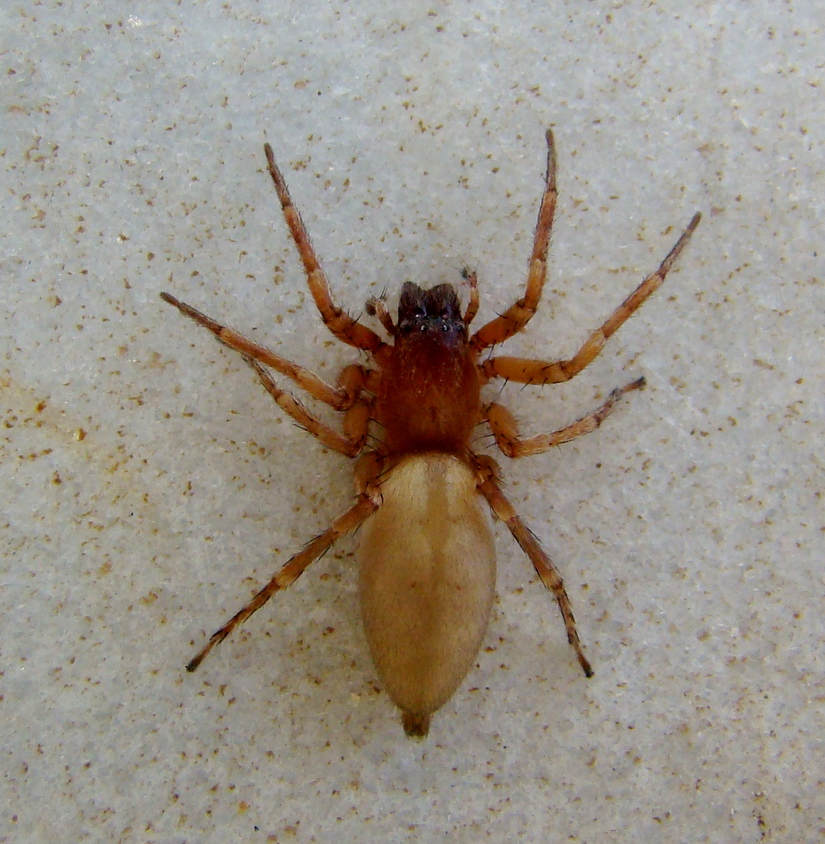
Cheiracanthium
Cheiracanthium, commonly referred to as the Yellow Sac Spider, is a genus of agile hunters known for their nocturnal behavior and unique silk sacs where they hide during the day. While they are often overlooked due to their small size, these spiders play an important role in controlling insect populations within the Great Himalayan National Park (GHNP), particularly in its lower and mid-altitude ecosystems.
Identification and Physical Traits
Members of the Cheiracanthium genus are pale yellow to light green in color, with slender bodies and long legs. Adults typically measure between 5 to 10 millimeters. Their most distinctive feature is the silk sac or retreat they build under leaves, bark, or rocks—used for resting rather than catching prey. Unlike web-building spiders, Yellow Sac Spiders are active hunters.
Habitat and Distribution in GHNP
While the GHNP is known for its high-altitude biodiversity, the lower forested zones (especially between 1,200–2,000 meters) offer suitable environments for Cheiracanthium species. These spiders prefer grassy fields, shrublands, and forest undergrowth, where they can hide during daylight hours. At night, they become active hunters, seeking out soft-bodied insects and larvae.
Cheiracanthium , Eutichuridae family
Behavior and Diet
Yellow Sac Spiders do not rely on webs to catch prey. Instead, they use speed and stealth to ambush small insects and other arthropods. Their diet may include aphids, caterpillars, and other agricultural pests, making them a natural ally in pest control. While their bite can cause mild irritation in humans, it is not considered medically dangerous.
Reproduction and Lifecycle
Female Cheiracanthium spiders lay eggs within their silken retreats, guarding them until they hatch. The spiderlings remain in the sac for a short period before dispersing. The species undergoes several molts before reaching maturity and is usually solitary, except during mating season.
Role in GHNP’s Biodiversity
Though small, Cheiracanthium spiders contribute significantly to maintaining ecological balance by keeping insect populations in check. Their presence within GHNP’s temperate and subtropical forests underscores the park’s rich invertebrate diversity. They also serve as prey for birds and other larger arthropods.



